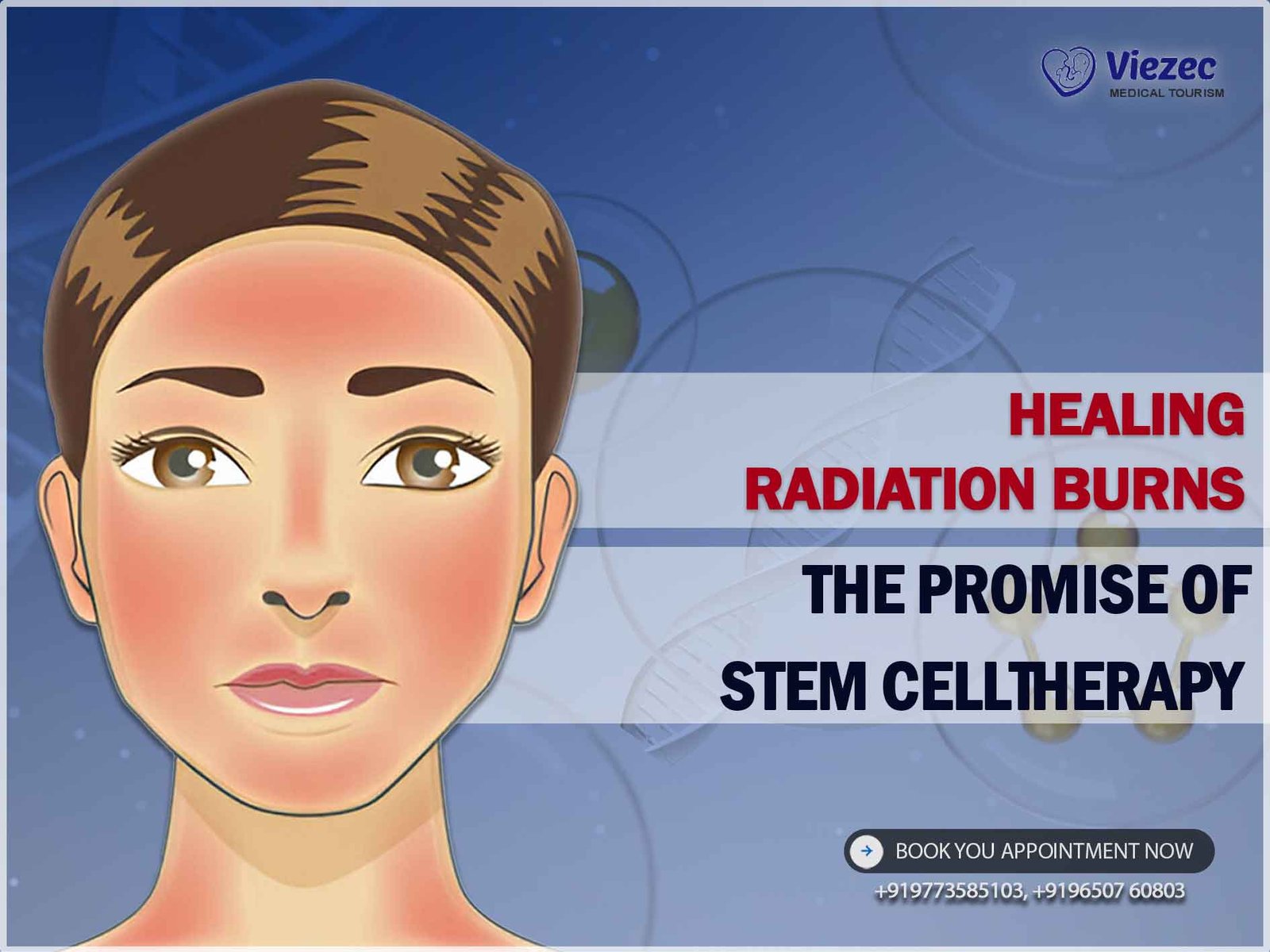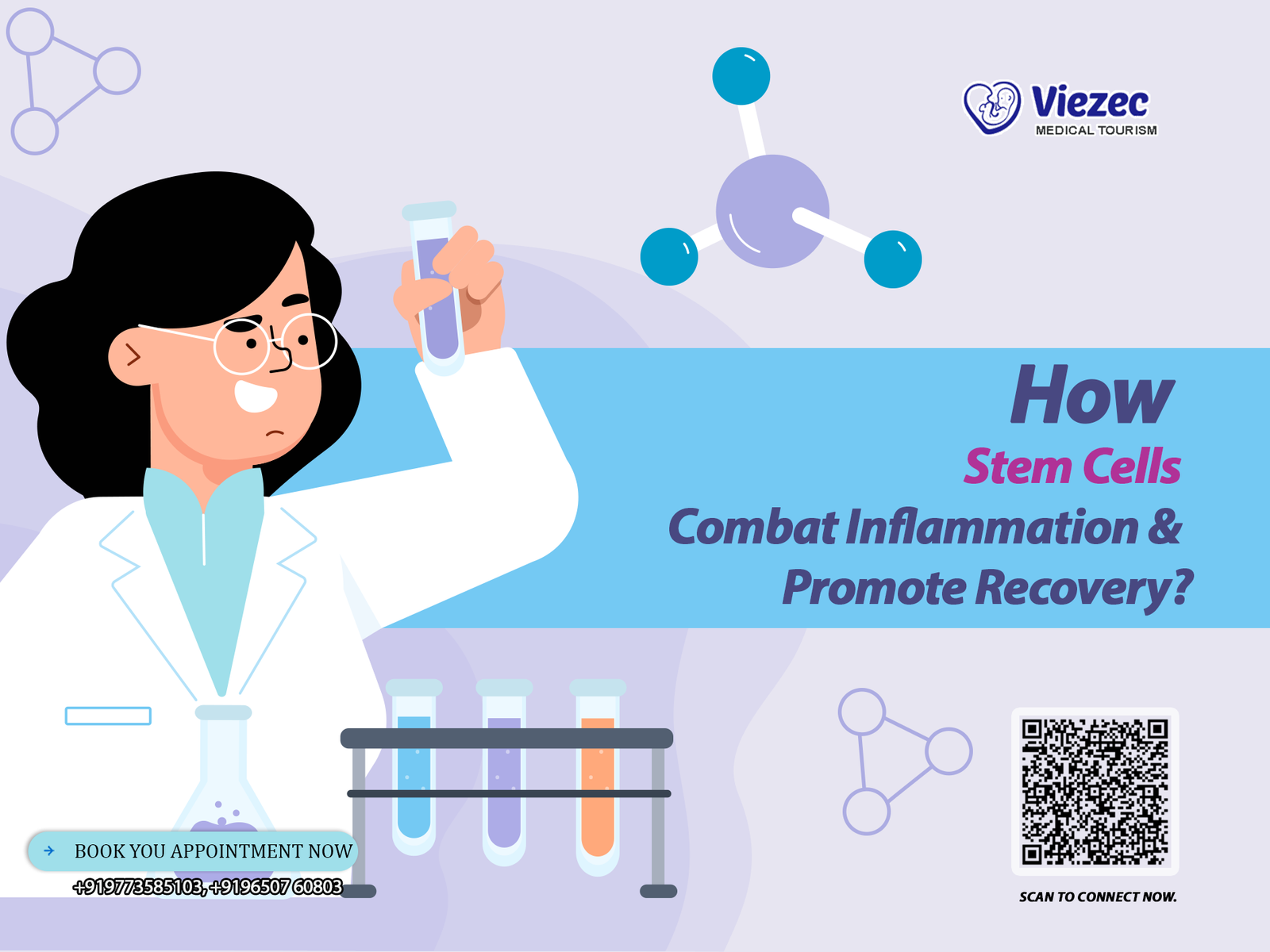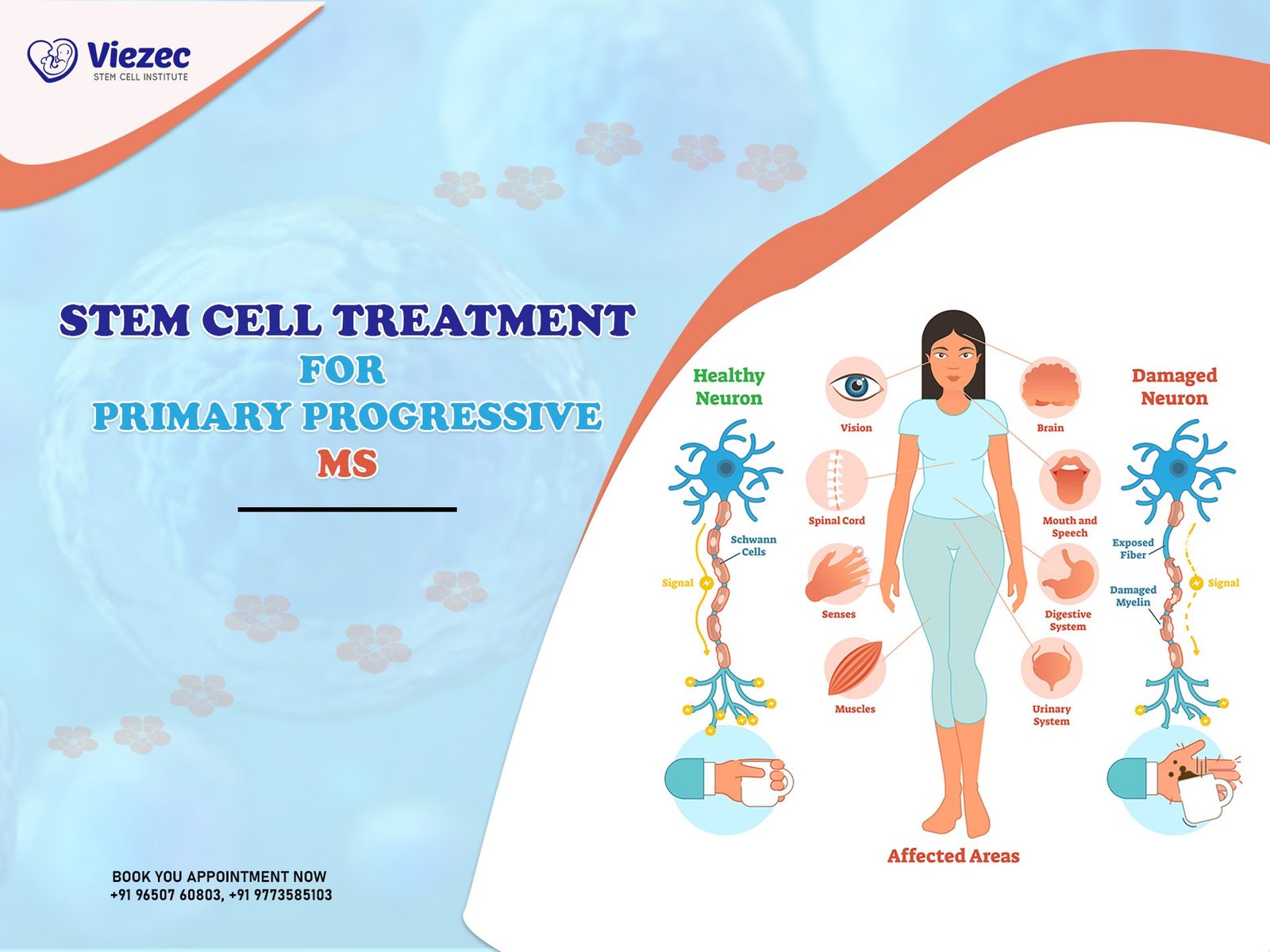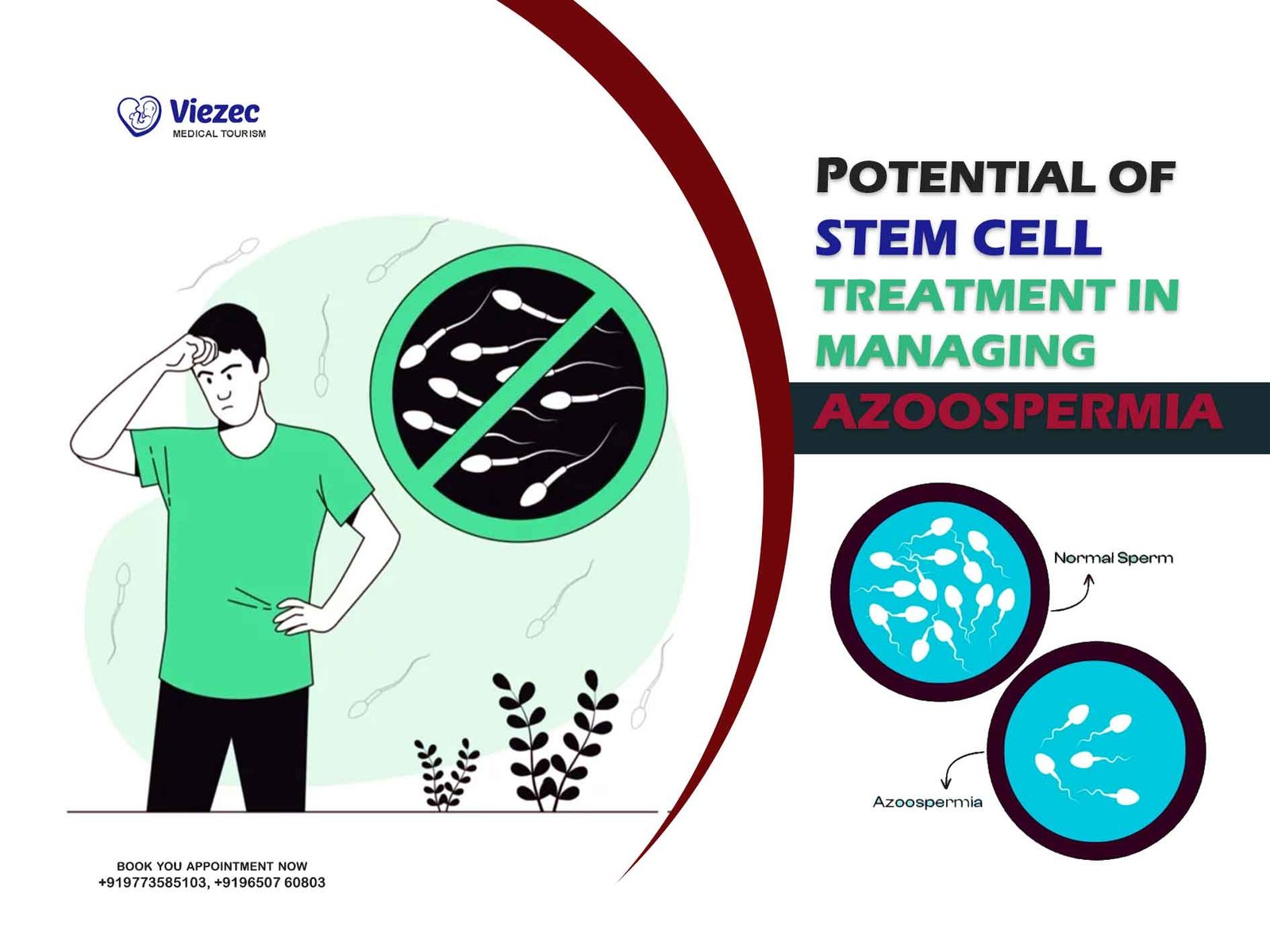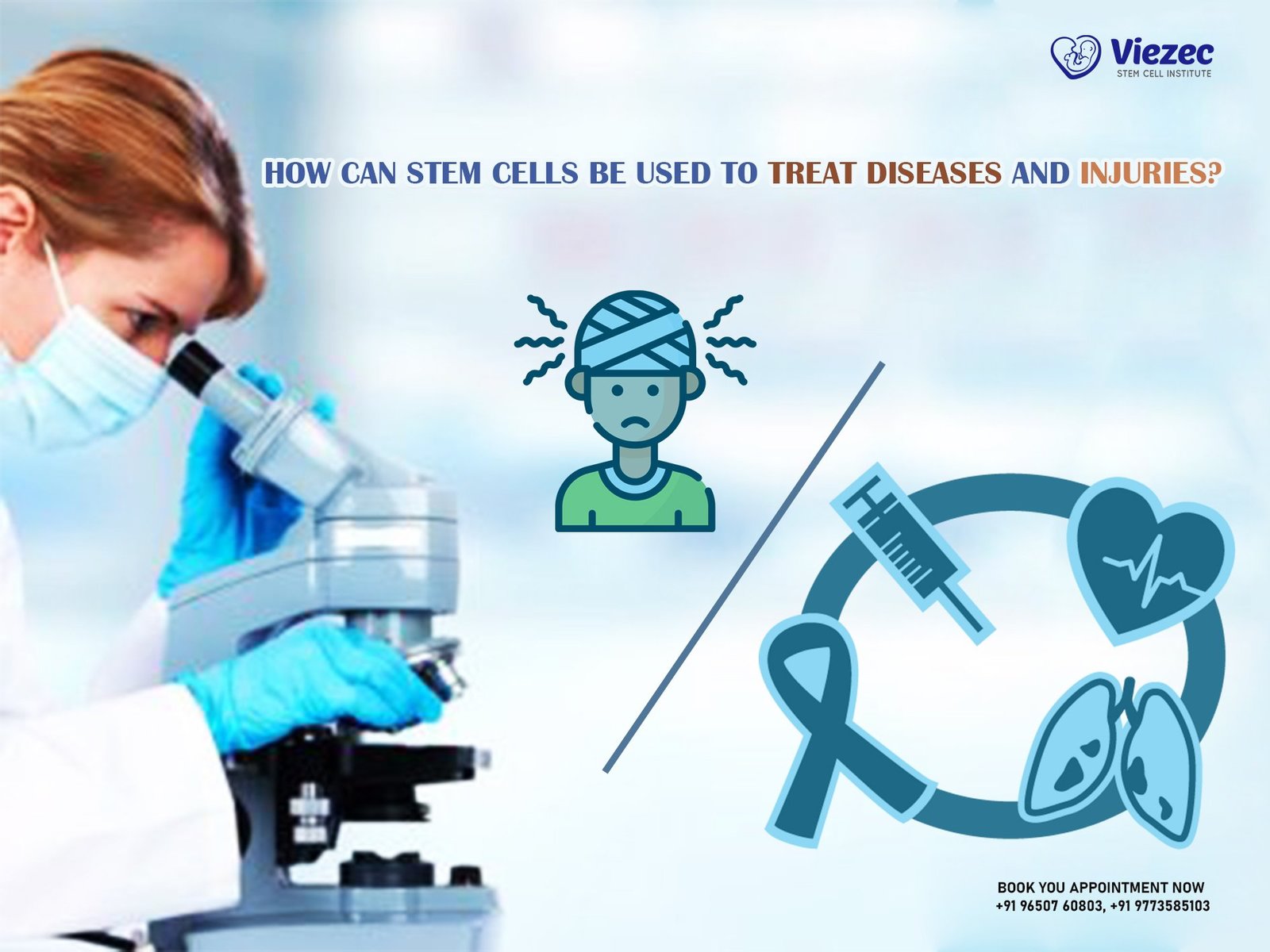Radiation burns, a debilitating consequence of exposure to ionizing radiation, present a multifaceted challenge in medical treatment. Understanding the intricacies of radiation injury is crucial for developing effective therapeutic interventions. From the severity grading of these burns to their impact on human tissues, each aspect demands meticulous attention and innovative approaches for healing.
Understanding Radiation Injury
Radiation injury occurs when ionizing radiation interacts with biological tissues, leading to cellular damage and dysfunction. The severity of this injury depends on factors such as radiation dose, duration of exposure, and the type of radiation. From superficial skin burns to deep tissue damage, the spectrum of radiation injuries encompasses a wide range of complexities that necessitate tailored treatment strategies.
Impact on Human Tissues
Human tissues exhibit varying degrees of susceptibility to radiation damage. Skin, being the most exposed organ, often bears the brunt of radiation burns, manifesting as erythema, blistering, and ulceration. However, internal organs such as the lungs, gastrointestinal tract, and bone marrow are also vulnerable to radiation-induced injury, contributing to systemic complications and long-term health consequences.
Severity Grading of Radiation Burns
Radiation burns are categorized based on their severity, ranging from mild erythema to severe tissue necrosis. The grading system aids healthcare professionals in assessing the extent of injury and guiding appropriate treatment interventions. Understanding the nuances of severity grading is pivotal for implementing targeted therapies that promote healing while minimizing complications.
The Rise of Stem Cell Therapy
The emergence of stem cell therapy has revolutionized the field of regenerative medicine, offering new hope for healing radiation burns and mitigating their adverse effects. Stem cells, with their unique ability to differentiate into various cell types, hold immense promise in repairing damaged tissues and restoring physiological function.
Origins and Evolution of Stem Cell Research
Stem cell research has undergone significant evolution since its inception, from the discovery of embryonic stem cells to the development of induced pluripotent stem cells (iPSCs). These advancements have expanded the therapeutic potential of stem cells, paving the way for innovative treatments for a myriad of medical conditions, including radiation burns.
Unveiling the Potential for Regenerative Medicine
Regenerative medicine aims to harness the intrinsic repair mechanisms of the body to restore tissue function and alleviate disease. Stem cells play a central role in this approach, offering a renewable source of cells for tissue regeneration. By leveraging the regenerative potential of stem cells, researchers seek to address the unmet needs of patients suffering from radiation-induced injuries.
Stem Cells as a Revolutionary Treatment Approach
Stem cell therapy represents a paradigm shift in the management of radiation burns, offering a holistic approach to tissue repair and regeneration. Unlike conventional treatments that focus on symptomatic relief, stem cell therapy targets the underlying pathology, promoting tissue healing and functional recovery. The versatility of stem cells makes them invaluable tools in combating the deleterious effects of radiation exposure.
Mechanisms of Radiation Damage
To develop effective stem cell-based therapies for radiation burns, it is essential to elucidate the underlying mechanisms of radiation damage and its impact on cellular and tissue homeostasis.
Cellular Response to Ionizing Radiation
Ionizing radiation exerts its effects by inducing DNA damage, disrupting cellular processes, and triggering inflammatory responses. The intricate interplay between radiation and cellular signaling pathways dictates the extent of tissue injury and the subsequent repair mechanisms. Understanding the molecular mechanisms underlying radiation-induced damage is crucial for devising targeted therapeutic interventions.
Tissue Necrosis and Inflammatory Processes
Radiation exposure disrupts the delicate balance of cellular homeostasis, leading to tissue necrosis and inflammatory cascades. The release of pro-inflammatory cytokines and chemokines exacerbates tissue damage, perpetuating a vicious cycle of inflammation and tissue injury. Strategies aimed at modulating the inflammatory response hold promise for attenuating radiation-induced damage and promoting tissue regeneration.
Long-Term Consequences of Radiation Exposure
The long-term consequences of radiation exposure extend beyond the initial acute injury, encompassing chronic health effects such as fibrosis, organ dysfunction, and carcinogenesis. Radiation-induced genomic instability and epigenetic alterations contribute to the persistence of adverse effects, underscoring the need for long-term surveillance and intervention strategies. Stem cell-based therapies offer a novel approach to mitigating the long-term sequelae of radiation exposure and improving patient outcomes.
Stem Cells: Nature’s Healing Agents
Stem cells possess remarkable regenerative capabilities, making them ideal candidates for repairing damaged tissues and restoring organ function. Understanding the diverse types of stem cells and their unique characteristics is essential for harnessing their therapeutic potential effectively.
Types of Stem Cells and Their Characteristics
Stem cells are broadly classified into embryonic stem cells (ESCs), adult stem cells, and induced pluripotent stem cells (iPSCs), each with distinct properties and differentiation capacities. ESCs, derived from the inner cell mass of blastocysts, exhibit pluripotency and unlimited self-renewal potential. Adult stem cells, residing in various tissues throughout the body, contribute to tissue homeostasis and repair. iPSCs, generated by reprogramming somatic cells, offer a personalized approach to regenerative medicine. Harnessing the unique properties of different stem cell types enables tailored therapeutic strategies for treating radiation burns.
Regenerative Capacity of Stem Cells
Stem cells possess inherent regenerative capabilities, enabling them to differentiate into specialized cell types and replace damaged tissues. Through paracrine signaling, stem cells modulate the microenvironment and promote tissue repair through mechanisms such as angiogenesis, immunomodulation, and extracellular matrix remodeling. The regenerative capacity of stem cells holds promise for addressing the complex pathophysiology of radiation burns and facilitating tissue regeneration.
Harnessing Stem Cells for Therapeutic Applications
Stem cell-based therapies offer a versatile platform for treating a wide range of medical conditions, including radiation burns. By harnessing the regenerative potential of stem cells, researchers aim to develop novel treatment modalities that accelerate wound healing, reduce inflammation, and restore tissue function. From autologous stem cell transplants to engineered stem cell constructs, the therapeutic landscape is continuously evolving, offering new avenues for improving patient outcomes.
Applications of Stem Cell Therapy in Radiation Burns
Stem cell therapy holds immense potential for mitigating the adverse effects of radiation burns and promoting tissue regeneration. By targeting key pathways involved in radiation-induced injury, stem cells offer a multifaceted approach to healing that addresses the underlying pathology and restores functional tissue integrity.
Stem Cell-Based Wound Healing
Wound healing is a complex process involving the coordinated interplay of various cell types and signaling molecules. Stem cells contribute to all phases of wound healing, from inflammation and proliferation to remodeling, by promoting angiogenesis, modulating the immune response, and secreting growth factors and cytokines. Stem cell-based approaches enhance wound closure, reduce scar formation, and improve tissue quality, offering a promising avenue for accelerating healing in radiation burns.
Reducing Inflammation and Fibrosis
Inflammation and fibrosis are hallmark features of radiation-induced tissue injury, contributing to chronic wound formation and impaired tissue function. Stem cells exert anti-inflammatory and anti-fibrotic effects through the secretion of trophic factors and the modulation of immune responses. By attenuating inflammation and fibrosis, stem cell therapy promotes tissue regeneration and functional recovery, offering a novel approach to managing radiation burns.
Stimulating Angiogenesis for Tissue Repair
Angiogenesis, the formation of new blood vessels, plays a critical role in tissue repair and regeneration. Radiation exposure impairs angiogenic processes, leading to tissue ischemia and impaired wound healing. Stem cells enhance angiogenesis through the secretion of pro-angiogenic factors, such as vascular endothelial growth factor (VEGF) and fibroblast growth factor (FGF), promoting vascularization and tissue perfusion. By stimulating angiogenesis, stem cell therapy improves oxygen and nutrient delivery to the wound site, facilitating tissue repair and regeneration in radiation burns.
Clinical Trials and Success Stories
The translation of stem cell therapy from the laboratory to the clinic has yielded promising results in the treatment of radiation burns. Clinical trials have demonstrated the safety and efficacy of stem cell-based approaches, offering hope for patients suffering from debilitating radiation-induced injuries.
Milestones in Stem Cell Therapy for Radiation Burns
Significant milestones in stem cell therapy for radiation burns include the development of novel delivery methods, optimization of cell culture techniques, and refinement of treatment protocols. Clinical trials have shown encouraging outcomes, with improvements in wound healing, pain reduction, and quality of life observed in treated patients. These achievements underscore the transformative potential of stem cell therapy in addressing the unmet needs of individuals affected by radiation burns.
Case Studies: Healing Journey of Patients
The healing journey of patients undergoing stem cell therapy for radiation burns offers compelling insights into the transformative power of regenerative medicine. From the restoration of skin integrity to the alleviation of chronic pain, stem cell-based interventions have provided tangible benefits and renewed hope for individuals grappling with the aftermath of radiation exposure. These success stories highlight the profound impact of stem cell therapy on patient outcomes and underscore the importance of continued research and clinical innovation.
Challenges and Breakthroughs in Clinical Implementation
Despite the promising outcomes observed in clinical trials, stem cell therapy for radiation burns faces various challenges, including regulatory hurdles, scalability issues, and cost considerations. Overcoming these obstacles requires collaborative efforts from researchers, clinicians, regulatory agencies, and industry stakeholders to streamline the translation of stem cell-based interventions from bench to bedside. Breakthroughs in cell manufacturing technologies, biomaterials, and transplantation techniques offer new avenues for overcoming these challenges and realizing the full potential of stem cell therapy in clinical practice.
Engineering Stem Cells for Optimal Healing
Advances in genetic engineering and biomaterials hold promise for enhancing the therapeutic efficacy of stem cell-based interventions and optimizing their healing potential in radiation burns.
Genetic Modification Techniques
Genetic modification techniques enable the targeted manipulation of stem cells to enhance their survival, engraftment, and therapeutic function. Strategies such as gene editing, overexpression of pro-survival genes, and modulation of signaling pathways can augment the regenerative capacity of stem cells and improve their therapeutic efficacy in radiation burns. Genetic engineering approaches offer a customizable platform for tailoring stem cell-based therapies to individual patient needs and optimizing treatment outcomes.
Enhancing Stem Cell Homing and Integration
The successful integration of transplanted stem cells into the host tissue microenvironment is crucial for their therapeutic efficacy. Biomaterial-based scaffolds, growth factor gradients, and molecular targeting strategies can enhance stem cell homing, engraftment, and survival in the injured tissue. By providing a supportive niche for stem cell proliferation and differentiation, engineered microenvironments facilitate tissue regeneration and functional recovery in radiation burns. Optimization of stem cell delivery and retention strategies is essential for maximizing therapeutic outcomes and improving patient prognosis.
Bioengineering Strategies for Tissue Regeneration
Bioengineering approaches offer innovative solutions for overcoming the limitations of conventional stem cell-based therapies and optimizing tissue regeneration in radiation burns. Tissue-engineered constructs, consisting of stem cells encapsulated within biocompatible scaffolds, provide a three-dimensional microenvironment conducive to cell proliferation and tissue repair. By mimicking the native tissue architecture and biomechanical properties, engineered constructs promote cell-cell interactions, extracellular matrix deposition, and vascularization, facilitating tissue regeneration and functional recovery. Integration of bioengineering strategies with stem cell therapy offers a synergistic approach to enhancing wound healing and improving patient outcomes in radiation burns.
Considerations and Regulatory Framework
The ethical and regulatory considerations surrounding stem cell therapy for radiation burns are paramount, requiring careful deliberation to ensure patient safety, privacy, and equitable access to innovative treatments.
Ethical Dilemmas in Stem Cell Research
Stem cell research raises complex ethical dilemmas regarding the use of human embryos, consent for tissue donation, and the equitable distribution of research benefits. Debates surrounding the moral status of embryos, the commodification of human tissues, and the implications of genetic manipulation underscore the need for robust ethical frameworks to guide responsible research conduct and clinical practice. Ethical considerations should prioritize respect for human dignity, autonomy, and justice, while balancing the potential risks and benefits of stem cell-based interventions for patients with radiation burns.
Patient Consent and Privacy Concerns
Informed consent is a cornerstone of ethical medical practice, ensuring that patients have the autonomy to make informed decisions about their healthcare options. For stem cell therapy in radiation burns, informed consent should encompass comprehensive information about the nature of the treatment, potential risks and benefits, and alternative treatment options. Furthermore, safeguarding patient privacy and confidentiality is essential to maintaining trust and integrity in the healthcare system. Robust data protection measures and transparent communication practices are essential for upholding patient rights and ensuring ethical conduct in stem cell research and clinical care.
Government Regulations and Clinical Guidelines
Government regulations and clinical guidelines play a crucial role in ensuring the safety, efficacy, and ethical conduct of stem cell therapy for radiation burns. Regulatory agencies such as the Food and Drug Administration (FDA) and the European Medicines Agency (EMA) oversee the approval and oversight of stem cell-based interventions, ensuring compliance with rigorous safety and quality standards. Clinical practice guidelines provide evidence-based recommendations for the use of stem cell therapy in radiation burns, guiding healthcare providers in treatment decision-making and patient management. Collaboration between regulatory authorities, professional organizations, and research institutions is essential for harmonizing regulatory standards, fostering innovation, and promoting patient safety in stem cell-based regenerative medicine.
Perspectives and Emerging Technologies
The future of stem cell therapy for radiation burns holds promise for continued innovation, integration of advanced technologies, and personalized treatment approaches tailored to individual patient needs.
Advancements in Stem Cell Therapy
Advances in stem cell biology, tissue engineering, and gene editing technologies are driving rapid progress in the development of novel stem cell-based therapies for radiation burns. From the optimization of cell manufacturing processes to the engineering of complex tissue constructs, researchers are exploring innovative strategies to enhance the therapeutic efficacy of stem cell therapy and improve patient outcomes. The advent of next-generation sequencing, omics technologies, and machine learning algorithms holds promise for deciphering the molecular mechanisms underlying radiation-induced injury and identifying novel therapeutic targets. Continued investment in basic and translational research is essential for unlocking the full potential of stem cell therapy and realizing its transformative impact on regenerative medicine.
Integration of Stem Cells with Nanotechnology
Nanotechnology offers exciting opportunities for enhancing the delivery, targeting, and therapeutic efficacy of stem cell-based interventions in radiation burns. Nanoparticle-based drug delivery systems, engineered biomaterials, and nanoscale imaging probes enable precise control over stem cell localization, engraftment, and therapeutic payload release. By exploiting the unique physicochemical properties of nanomaterials, researchers can overcome biological barriers, optimize therapeutic dosing regimens, and enhance the bioavailability of stem cell-derived factors. Integration of stem cells with nanotechnology offers a synergistic approach to tissue regeneration, opening new frontiers for personalized medicine and precision therapeutics in radiation burns.

